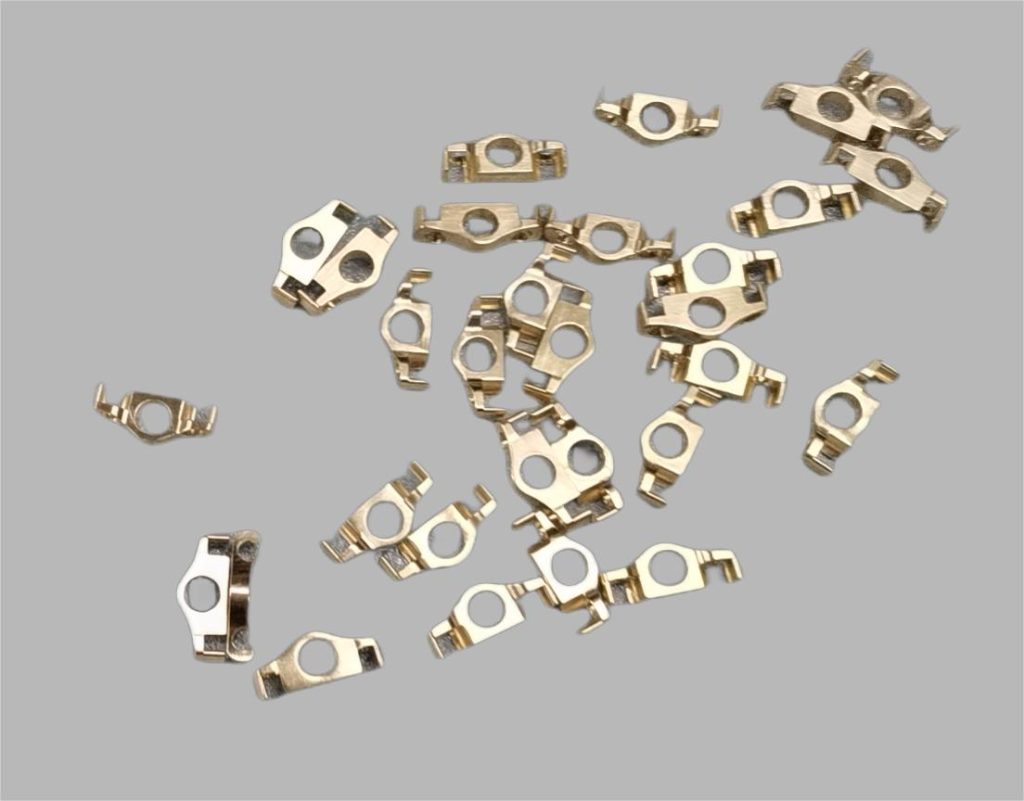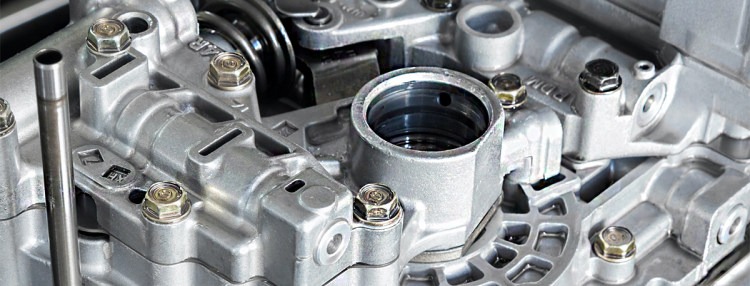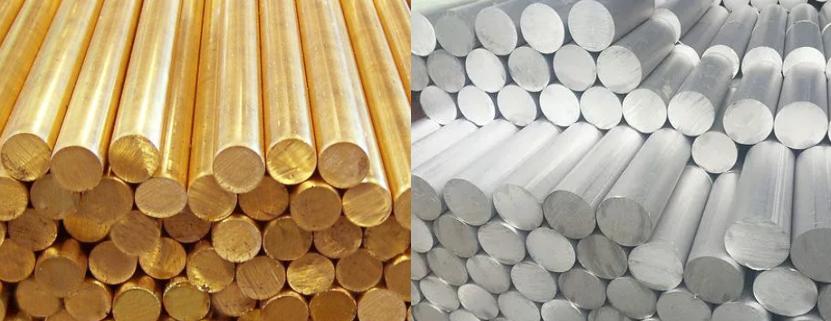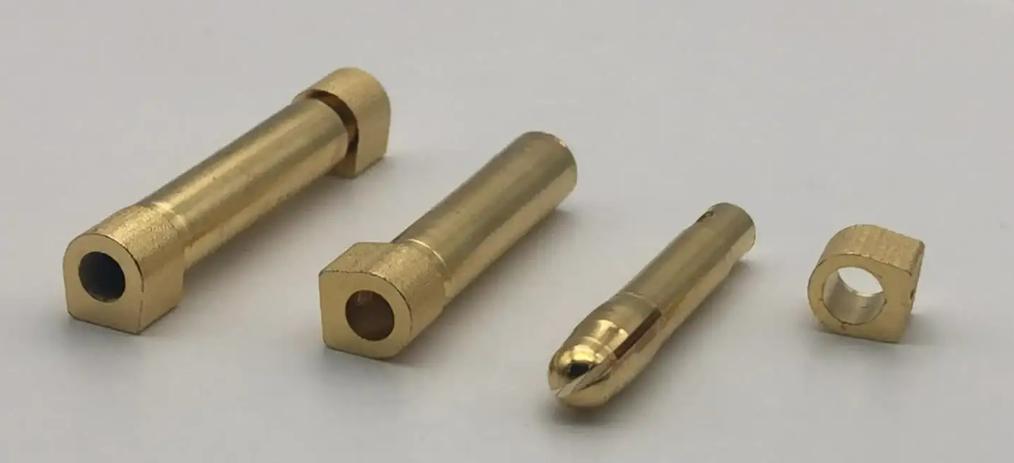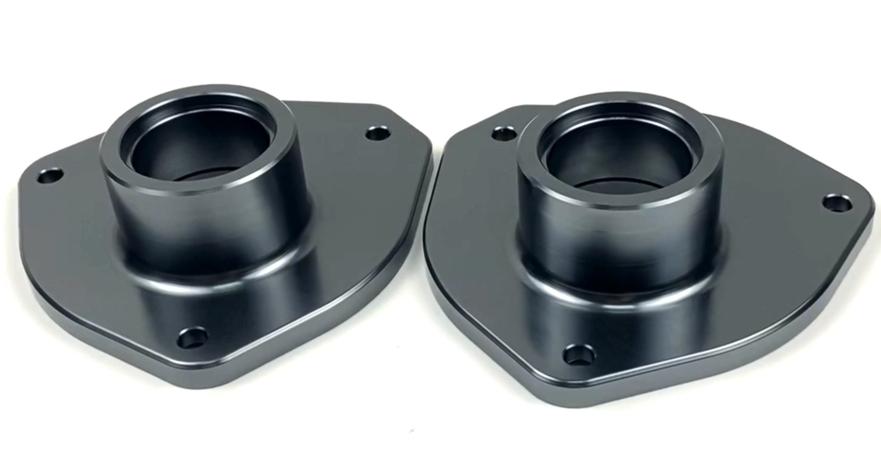Brass is more machinable than many other metals. This translates into faster production times, cleaner finishes, and less tool wear. Brass retains its shape well during machining, allowing for the production of highly precise and dimensionally stable components. Brass’ machinability allows it to be used with a wide range of cutting tools, increasing overall machining efficiency. Brass has a naturally appealing finish, moderate corrosion resistance, and high electrical conductivity, depending on the alloy. This article discusses the benefits of brass for CNC machining, the various industries that use it, and key tips for achieving success.
What Are the Advantages of Using Brass for CNC Machining Projects?
Knowing the benefits of brass for CNC machining allows you to make more informed decisions, optimize your project for success, and work more effectively with industry professionals. There are some typical benefits.
Advantage 1: Exceptional Machinability
Brass is known for its high machinability. It is a softer metal than steel or stainless steel. This enables faster cutting speeds and cleaner finishes, lowering machining time and total production costs. Brass’ machinability translates into minimal chip formation during cutting. This reduces friction and wear on the cutting tools, extending their life and eliminating the need for frequent replacements. Because of its machinability, brass is ideal for producing intricate and detailed components. Its softness enables tighter tolerances and more complex geometries, which would be difficult or expensive to achieve with harder materials.
Advantage 2: Precision Machining and Dimensional Stability
Brass retains its shape well during the machining process, yielding highly accurate and dimensionally stable components. This is critical for applications that require tight tolerances and consistent performance. Brass has a low deformation under pressure. This ensures that the machined parts remain in their intended dimensions throughout the process, reducing the need for rework or adjustments.
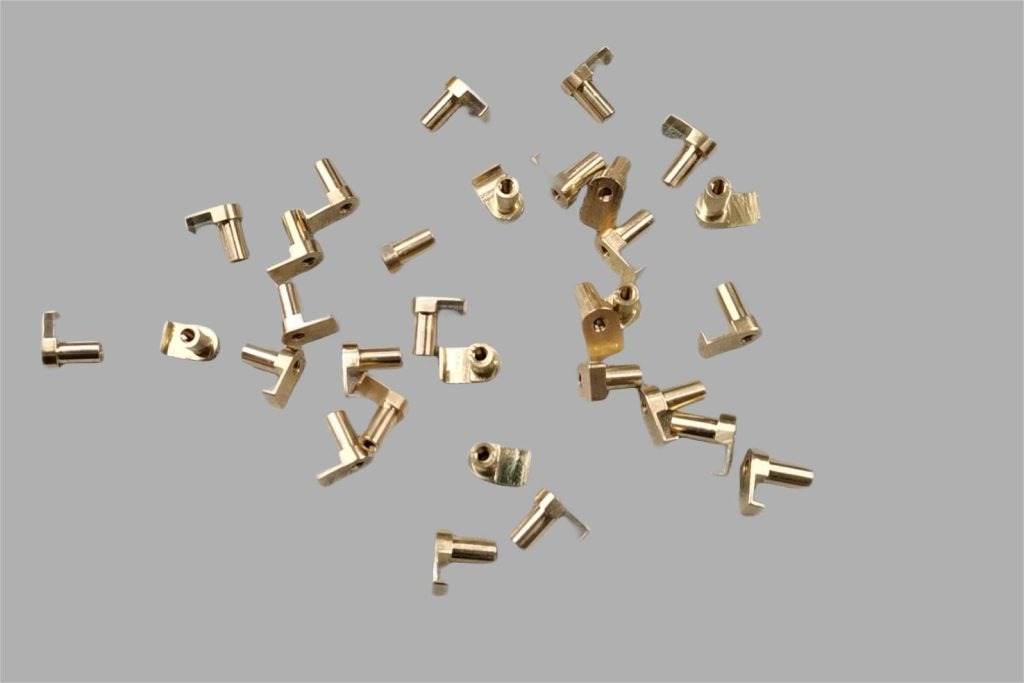
Advantage 3: High Workpiece to Tool Compatibility
Brass is machinable, so it can be cut with a variety of tools. This reduces the need for specialized tooling, increases overall machining efficiency, and may lower production costs. Less tool wear means less downtime for tool changes. This keeps your CNC machine running smoothly while increasing production output.
Advantage 4: Additional Advantages
Machined brass frequently has a visually appealing golden hue, which can eliminate the need for additional finishing steps. Brass has moderate corrosion resistance, making it appropriate for applications exposed to moisture or mild environmental conditions. Brass, while not as conductive as pure copper, is a viable option for some electrical components.
Industries That Utilize Brass in CNC Machining
Brass, with its unique combination of machinability, corrosion resistance, and aesthetics, finds applications across a wide range of industries. Here’s a breakdown of some key users of brass CNC machining:
Plumbing and Hardware
Brass is a common material in plumbing because of its excellent machinability, corrosion resistance, and ability to withstand moderate pressure. CNC machining enables the precise design of complex valve bodies, fittings, and faucet components. Brass, with its machinability and attractive finish, is ideal for showerheads, handles, and decorative elements in high-end bathroom fixtures.
Electrical and Electronics
Brass provides an excellent balance of conductivity and machinability, making it ideal for a variety of electrical components such as connectors, terminals, and switch housings. Because of its high thermal conductivity, brass can be used to make heat sinks for electronic devices, which aid in heat dissipation and temperature regulation. Certain brass alloys can effectively shield sensitive electronic components from external signals, known as electromagnetic interference (EMI).
Automotive
Brass is used in many automotive applications due to its machinability and corrosion resistance. CNC machining enables the production of precise carburetor parts, fuel system components, and certain engine components. Brass’s attractive finish makes it ideal for non-structural decorative elements on vehicles, such as badges, emblems, and trim pieces.
Instrumentation and Measurement
Brass is a popular material for machined components in pressure gauges, valves, and other instruments because of its dimensional stability and resistance to wear. Certain brass instruments, such as trumpets, trombones, and saxophones, use machined brass components for their bodies and valves due to their workability and acoustic properties.
These are just a few examples, and brass’s versatility continues to make it a valuable material in many industries that rely on CNC machining to create precise and dependable components.
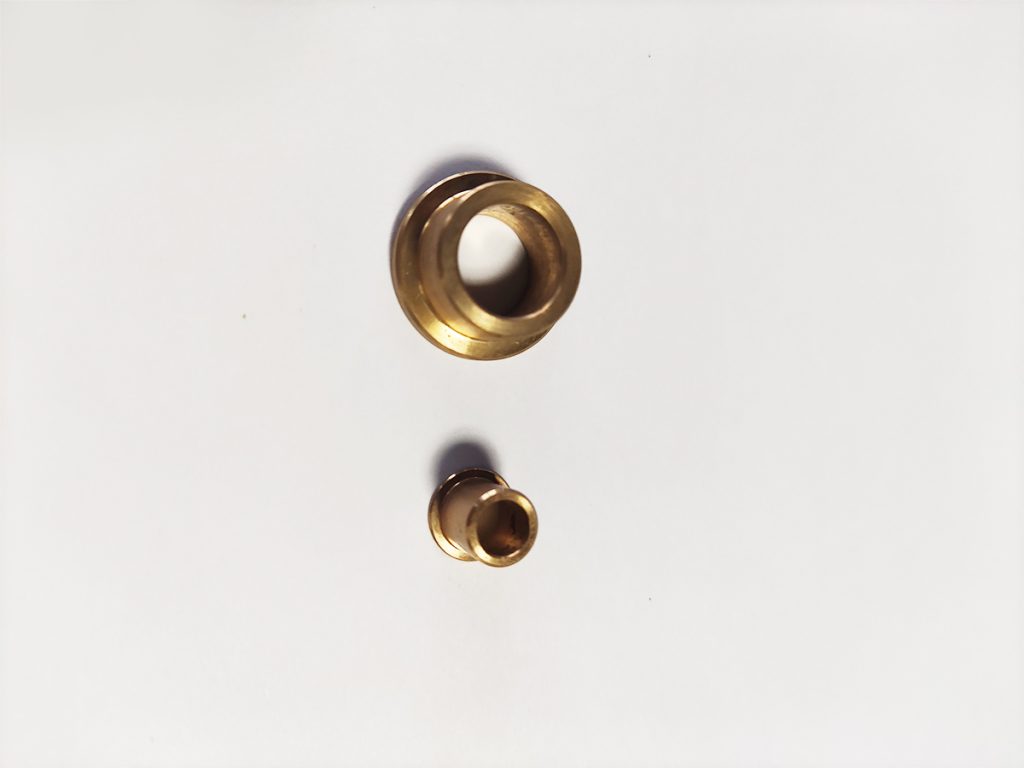
Tips for Successful Brass CNC Machining
To ensure the best results when machining brass, consider the following tips:
Optimize Tooling and Cutting Parameters
Proper tooling and cutting parameters promote smooth and efficient chip formation during machining. This reduces friction and wear on the cutting tool, extending its life and reducing the need for regular replacements. Additionally, faster cutting speeds achieved with optimized parameters can reduce overall machining time, resulting in cost savings. The proper tooling and cutting parameters result in clean cuts with few burrs or imperfections. This results in a smooth and high-quality surface finish on the machined brass component, which may reduce the need for additional finishing processes. It is critical for producing efficient, cost-effective, and high-quality results in brass CNC machining. It keeps the process running smoothly, protects your tools and workpieces, and produces parts to your exact specifications.
Manage Heat Generation
Excessive heat during machining can significantly accelerate the wear and tear on cutting tools. High temperatures can soften tool material, causing faster blunting and more frequent replacements. This disrupts production flow and raises total costs. Heat can cause the brass to expand slightly. If not controlled, thermal expansion can cause parts to deviate from their intended dimensions. This can be especially problematic for applications that require tight tolerances. Uncontrolled heat can damage the surface finish of a machined brass part. High temperatures can cause the brass to become gummy or smeared, leaving a rough or uneven surface. This may necessitate additional finishing processes or render the part unusable.
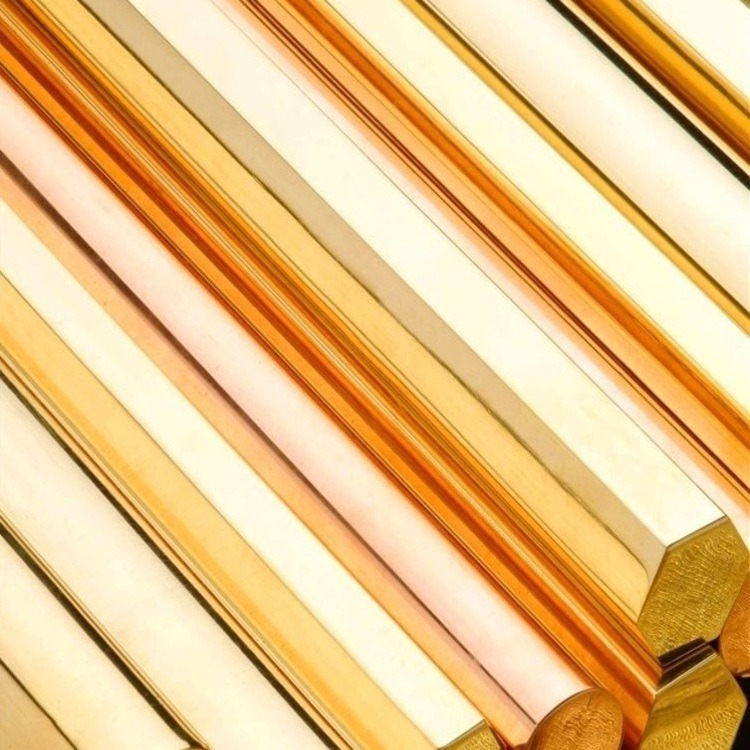
Brass CNC Machining Finishes
Considering the finish of your brass CNC machined parts is indeed a tip for successful projects. Here’s why:
- Aesthetics and Functionality: The natural golden hue of brass is frequently visually appealing. However, depending on the application, additional finishing techniques can improve both aesthetics and functionality. For example, polishing can produce a highly reflective surface, which is ideal for decorative components. Brushing, on the other hand, can result in a matte finish that hides minor flaws and improves grip on functional parts.
- Corrosion Resistance: While brass is naturally corrosion resistant, certain finishes can improve its performance even further. For example, applying a clear coat or lacquer can act as a moisture and environmental barrier, extending the life of the machined part in harsh conditions.
- Surface Smoothness: The machining process itself may leave microscopic imperfections on the surface. Finishing techniques such as polishing or tumbling can remove these imperfections, resulting in a smoother surface with increased wear resistance and reduced friction. This is especially important for parts that contain moving parts or must slide or rotate against other surfaces.
- Machining Efficiency: Choosing the appropriate finish ahead of time can have an impact on the machining process. For example, if a highly polished finish is required, the machining strategy may need to be modified to reduce tool marks and provide a smoother starting point for the polishing stage. This can increase overall machining efficiency.

Conclusion
Brass is a valuable material for CNC machining because of its exceptional machinability, dimensional stability, and compatibility with a wide range of cutting tools. These advantages translate into shorter production times, more precise parts, and better resource utilization. Certain brass alloys’ natural finish, moderate corrosion resistance, and good electrical conductivity increase their applicability. For those interested in exploring brass for their CNC machining projects, consulting with experienced machinists, or browsing resources on brass machinability: brass cnc machining ON JTR can provide valuable recommendations and professional CNC services.


